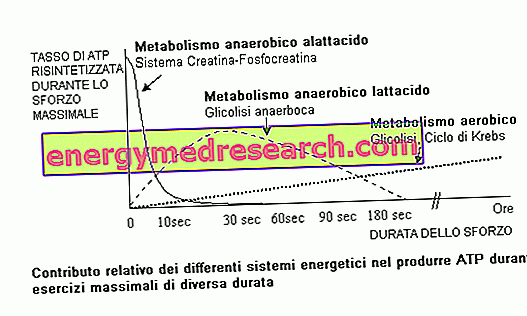Definition
Fanconi anemia is a hereditary form of aplastic anemia, that is, a clinical syndrome that is expressed with a picture of global hypoaplasia of the three major proliferative marrow supply chains (from which result white blood cells, erythrocytes and platelets). This results in peripheral pancytopenia (deficiency of all types of blood cells).
Fanconi's anemia occurs from childhood and has a progressive trend.
From the genetic point of view, this form of aplastic anemia is heterogeneous: so far 15 genes involved in its onset have been identified.
Fanconi anemia is usually transmitted as an autosomal recessive trait, although rare forms of X-linked transmission are known.
Most common symptoms and signs *
- Changes in the menstrual cycle
- Anemia
- anisocytosis
- Small child for gestational age
- blepharoptosis
- cryptorchidism
- Learning difficulties
- Skin discoloration
- Hip dysplasia
- Bruising
- Hydrocephalus
- insulin Resistance
- Hearing loss
- infertility
- Leukopenia
- macrocytosis
- Microcephaly
- Microphthalmos
- Nystagmus
- Misaligned eyes
- Pancytopenia
- thrombocytopenia
- Reduced vision
- Growth delay
- Mental delay
- Bleeding gums
- Scoliosis
Further indications
Fanconi anemia is characterized by haematological abnormalities, pre- and post-natal growth retardation, variable congenital malformations (especially in skeletal, skin, urogenital and CNS) and a tendency to develop hematological tumors (especially leukemia) or head and neck and genital apparatus solids.
At skin level, generalized hyperpigmentation or coffee-colored or discolored spots are often present. The symptomatology can also include eye anomalies (strabismus, microphthalmia, ptosis and nystagmus), ear (hypoacusis) and skeletal (scoliosis, radial aplasia and congenital dysplasia of the hip).
In a lower percentage of cases, Fanconi anemia can lead to alterations of the urogenital system (renal aplasia, hypogonadism and menstrual irregularities), gastrointestinal malformations (esophageal atresia) and interventricular cardiac defects (DIV) and interatrial (DIA).
Other manifestations include microcephaly, learning difficulties, hydrocephalus and neural tube defects. Fanconi anemia can also be associated with endocrinopathies, including glucose intolerance, hypothyroidism, reduced response to growth hormone (GH) and hyperinsulinism.
When congenital malformations are not evident, Fanconi anemia often remains silent until an acute infection or an inflammatory disease (generally at school age) occurs, which leads to peripheral pancytopenia. With the resolution of the aforementioned pathology, peripheral values return to normal, despite the reduction of the bone marrow mass.
The diagnosis is made starting from the clinical observation of any malformations and from the finding of bone marrow insufficiency and other haematological abnormalities. At the cytogenetic examination, the patients' cells show an evident chromosomal instability (presence of breaks and other alterations).
Currently, the only curative treatment for Fanconi anemia is bone marrow or hematopoietic stem cell transplantation from a compatible donor.



